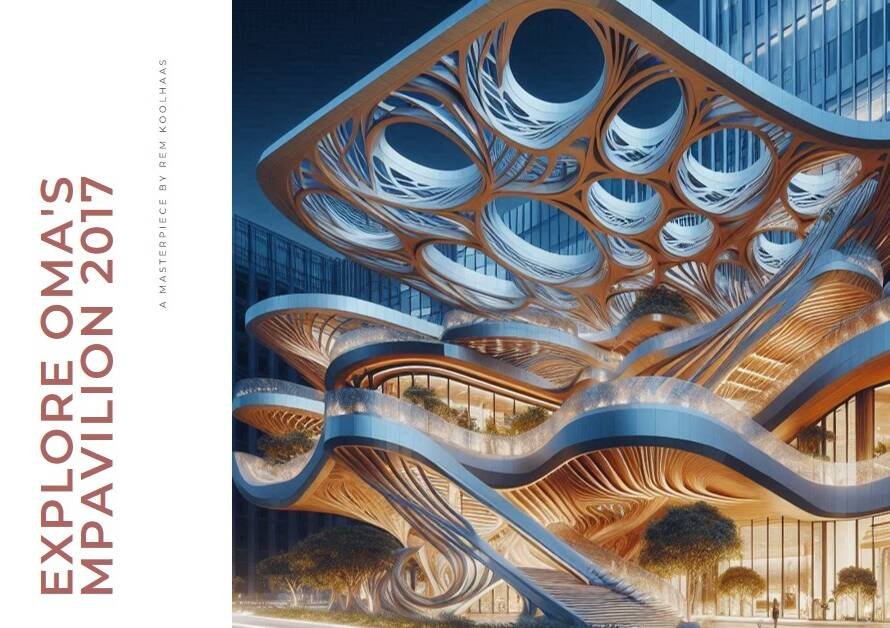
Table of Contents
- Introduction: Understanding the Essence
- Defining Environmental Graphic Design
- The Evolution of EGD: A Historical Overview
- The Core Principles of EGD: Form Follows Function
- The Intersection of Art and Science: Psychology in EGD
- The Role of Technology: Innovations in EGD
- EGD in Practice: Case Studies and Success Stories
- Challenges and Opportunities: Navigating the Future of EGD
- Conclusion: Envisioning the Future
Introduction: Understanding the Essence
In the bustling landscape of design, one discipline stands out for its dynamic integration of aesthetics and functionality – Environmental Graphic Design (EGD). This multifaceted field seamlessly merges graphic design, architecture, and interior design to create immersive experiences within physical spaces. From enhancing wayfinding systems in urban environments to transforming brand identities within built environments, EGD plays a pivotal role in shaping our interactions with space and information.
Defining Environmental Graphic Design
At its core, Environmental Graphic Design revolves around the strategic placement of visual elements to communicate information, evoke emotions, and guide behavior within a spatial context. Unlike traditional graphic design, which predominantly exists in the digital or printed realm, EGD operates in the tangible, three-dimensional realm, blurring the lines between art and functionality. Through the strategic use of typography, color, symbols, and imagery, EGD designers craft cohesive narratives that resonate with the intended audience.
The Evolution of EGD: A Historical Overview
Tracing its roots back to the early 20th century with the emergence of signage and wayfinding systems in urban centers, Environmental Graphic Design has undergone a remarkable evolution. The seminal works of pioneers such as Paul Rand and Massimo Vignelli laid the groundwork for the discipline, emphasizing the importance of simplicity, clarity, and universal communication. As technology advanced and globalization reshaped the design landscape, EGD adapted to meet the changing needs of society, embracing digital interfaces, interactive elements, and sustainable practices.
The Core Principles of EGD: Form Follows Function
Central to Environmental Graphic Design is the principle of “form follows function,” a mantra championed by modernist architects such as Louis Sullivan and Frank Lloyd Wright. This principle underscores the notion that design should prioritize functionality and purpose over embellishment. In the context of EGD, this means creating visual solutions that not only beautify a space but also serve a practical purpose, whether it’s guiding pedestrians through a complex transit hub or reinforcing a brand’s identity within a retail environment.
The Intersection of Art and Science: Psychology in EGD
Beyond aesthetics and functionality, Environmental Graphic Design harnesses the power of psychology to influence human behavior and perception. Through careful consideration of cognitive processes, color theory, and spatial psychology, EGD designers craft experiences that resonate on a subconscious level. By leveraging principles such as gestalt psychology and visual hierarchy, designers can create intuitive wayfinding systems that facilitate seamless navigation and enhance user experience.


The Role of Technology: Innovations in EGD
In an era defined by rapid technological advancement, Environmental Graphic Design has embraced digital innovations to expand its creative possibilities. From interactive displays and augmented reality installations to dynamic lighting systems and responsive signage, technology has transformed the way we interact with physical spaces. These advancements not only enhance the aesthetic appeal of EGD projects but also offer new avenues for storytelling and engagement.
EGD in Practice: Case Studies and Success Stories
To truly appreciate the impact of Environmental Graphic Design, one must examine real-world examples where its principles are put into action. From iconic landmarks like Times Square’s vibrant billboards to immersive museum exhibits that blend art and information seamlessly, EGD has left an indelible mark on the built environment. Case studies exploring the revitalization of urban districts, the rebranding of corporate campuses, and the transformation of public spaces offer valuable insights into the power of design to shape human experiences.
Challenges and Opportunities: Navigating the Future of EGD
Despite its many successes, Environmental Graphic Design faces a host of challenges in an ever-changing world. From balancing aesthetic considerations with environmental sustainability to addressing issues of accessibility and inclusivity, EGD designers must navigate a complex landscape fraught with social, economic, and technological factors. However, with these challenges come opportunities for innovation and growth, as EGD continues to evolve and adapt to meet the needs of a rapidly evolving society.
Conclusion: Envisioning the Future
As we look ahead, the future of Environmental Graphic Design holds immense promise for those willing to embrace its principles and push the boundaries of creativity. By harnessing the power of technology, psychology, and strategic thinking, EGD designers have the opportunity to shape the way we experience and interact with the world around us. Through collaboration, experimentation, and a steadfast commitment to excellence, Environmental Graphic Design will continue to leave its mark on the built environment, enriching our lives and shaping the way we perceive the spaces we inhabit.



